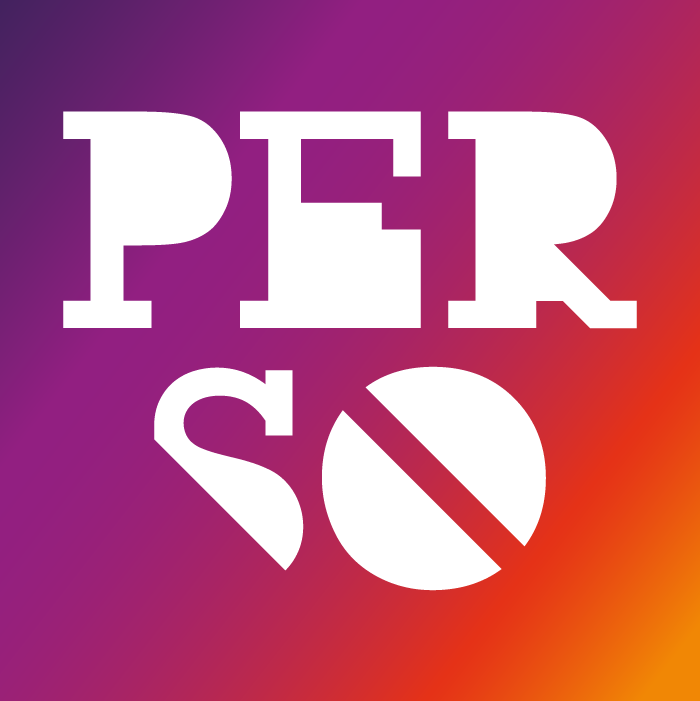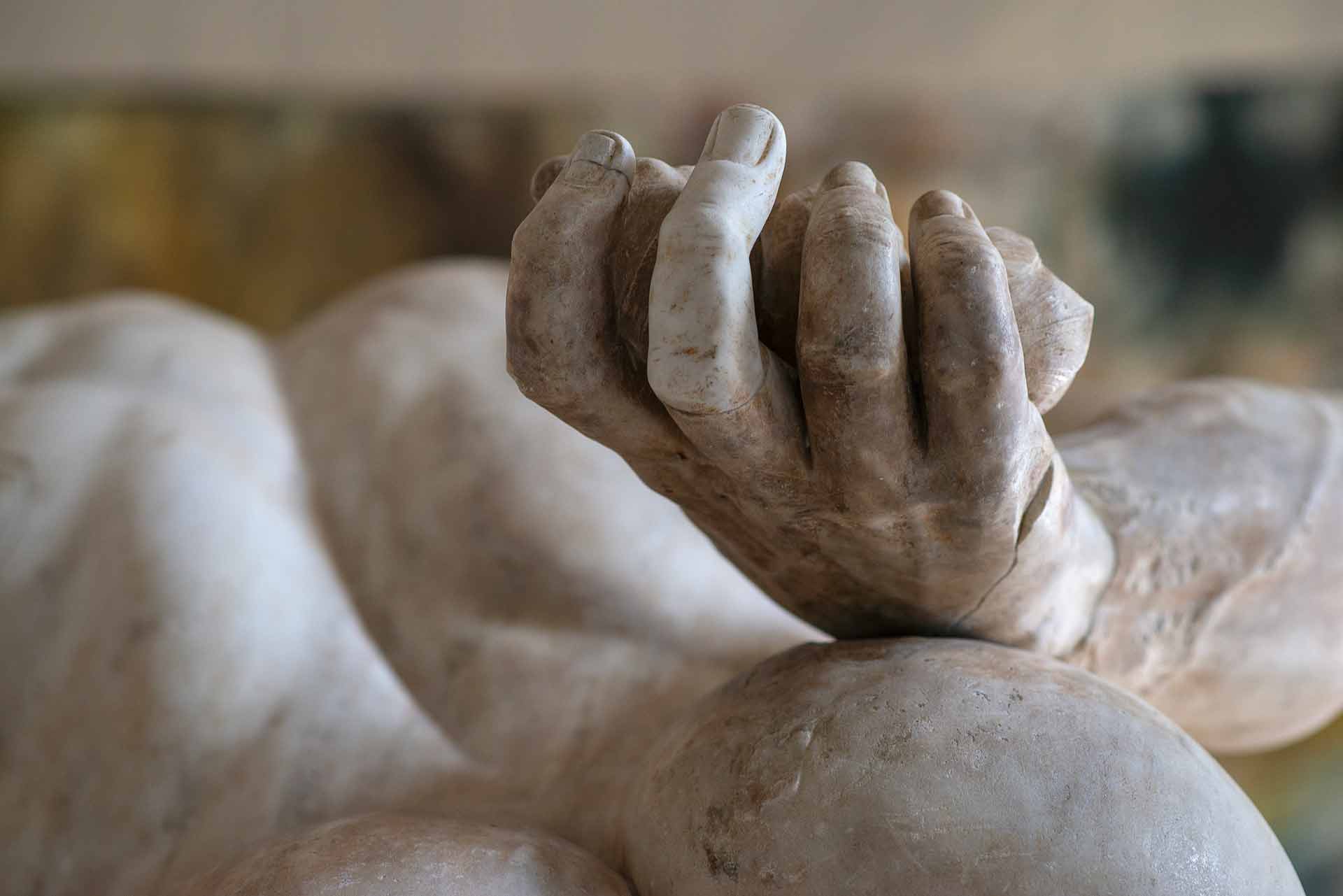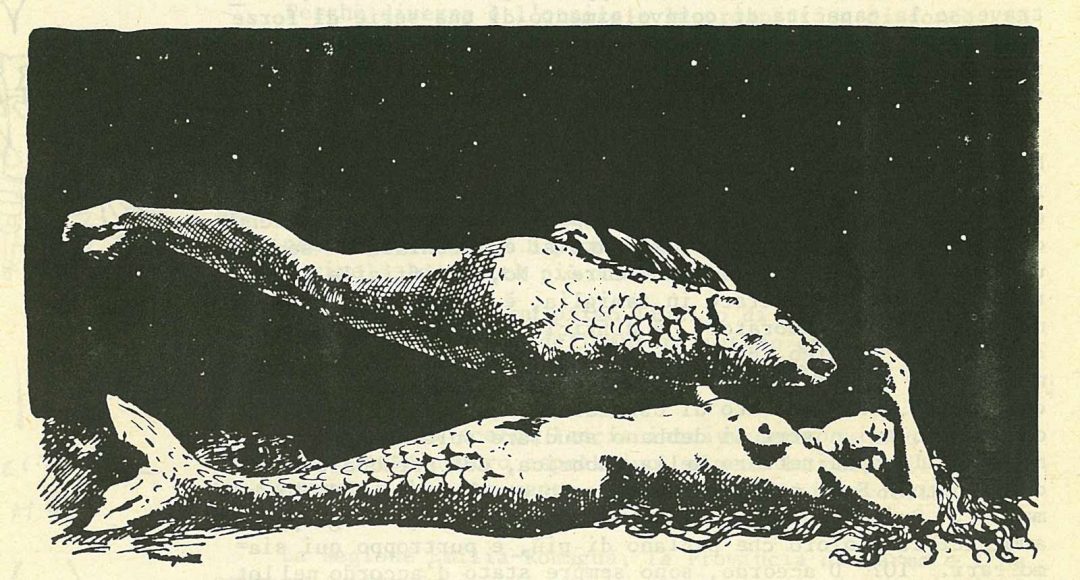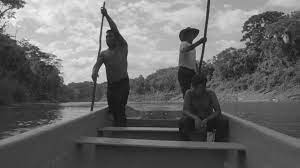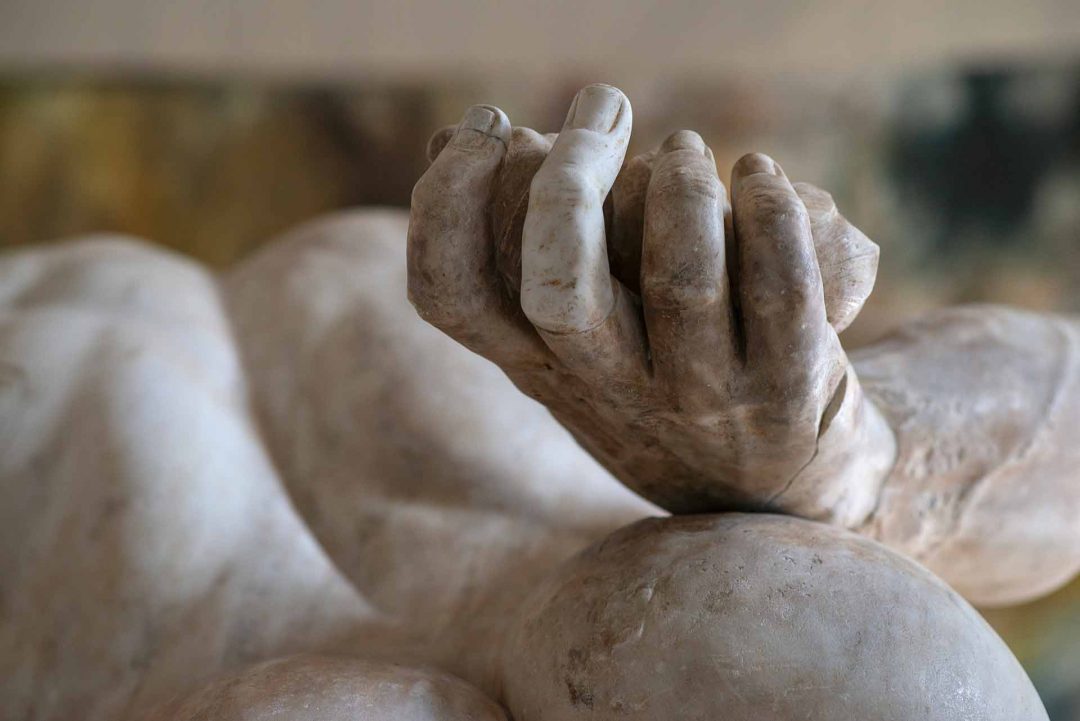Agalma
Museo Archeologico
By Doriana Monaco
Italy, 2020, 54’
Sunday, Oct. 02, National Archaeological Museum, Piazza Giordano Bruno, 10, 5:30 p.m.
Original Title: Agalma
Direction, subject and cinematography: Doriana Monaco
Sound editing and mix: Rosalia Cecere
Live sound: Filippo Maria Puglia e Rosalia Cecere
Color grading: Simona Infante
Editing: Enrica Gatto
Original music: Adriano Tenore
Executive production: Lorenzo Cioffi e Armando Andria
Graphic: Andrea Cioffi
PerSo Lab 2019 development teaser award
distributed by Parallelo 41 Produzioni with the collaboration of Kio Film
with the contribution of the Campania Region – Annual Operational Plan 2020-Distribution
selected among the 60 documentaries of the Nastri d’Argento 2020
SYNOPSIS
Naples. In the illusory stillness of the large Bourbon building that houses the National Archaeological Museum, a whirlwind of activity offers new breath to statues, frescoes, mosaics and various kinds of finds, the film observes what happens every day in the museum’s environments, dwelling on the daily routines of the workers, grappling with delicate interventions that require care, time, and constant maintenance. The artworks that have lived and vibrated for centuries are monitored as living bodies. All this happens as visitors arrive from all over the world, populating the many exhibition halls under the seemingly impassive eye of the works that are protagonists and spectators in turn of the great human work. Everything brings out the museum as a great productive organism, which reveals its nature as a material and intellectual construction site. Agalma (from the Greek “statue”, “image”) captures the beauty of the museum not only in the evidence of its enchanting exhibition of classical art, but also in the intimate and otherwise invisible relationships that take place within it: the secret and always new relationship that arises between visitors and the wonders of Greco-Roman antiquity; the passionate breathing of those who plan the life of the museum every day.
Museo Archeologico
DIRECTOR’S NOTES
Before crossing the threshold of the Archaeological Museum, I had identified the fragmentary nature of classical works and, consequently, of the ancient world as the center of my research. The film was born with the intention of getting as close as possible to that world and those works, emphasizing the fact that they were mostly “resurfaced” finds, almost never intact, which over the centuries have undergone continuous physical and interpretative metamorphosis including through the action of restoration. TThe starting point, therefore, was to make these fragments visible on bodies of statues, ceramics, frescoes and mosaics. Uneven surfaces, cracks, corrosion, missing pieces became specific signs of the narrative.
To my surprise, when I arrived at the museum, the scenario was anything but immobile, by virtue of the numerous changes underway that catapulted me into a dynamic universe. Following the life of the museum for almost three years gave me the opportunity to discover an otherwise inaccessible universe – I am thinking of the submerged world of storages – and to film memorable moments such as the displacement of the sculpture of the Farnese Atlas, the return of the statue of Zeus from the Getty Museum or the setting up of the exhibition on Magna Graecia in the rooms with floors made up of mosaics from Pompeii. Archeology as a living matter, therefore, is one of the themes of the film. The need was to find a key that superimposed the archaeological gaze on the cinematographic one, purifying it of the popular element that often accompanies archaeological documentaries in order to entrust the story to visual plots as much as possible. Another reference track was a frame from Roberto Rossellini’s film Journey to Italy in which the protagonist Katherine, played by Ingrid Bergman, finds herself in front of the colossal sculpture of the Farnese Hercules. Katherine / Bergman’s visit to the Archaeological Museum takes place, to use the words of Giuliana Bruno in her Atlas of emotions, “through a visceral, almost physical contact, with sculptures that disturb her soul”. To that look I entrusted the symbol of the path of discovery and initiation. And this is in some way what I would like the viewer to feel when entering into a relationship with these objects through “a gaze that makes contact”, seeing them as close as possible.
A further stratification is conferred by the voice over text that runs through the film, built on the first-person story of some of the museum’s works, read by Sonia Bergamasco and Fabrizio Gifuni. In the ancient world it was customary for statues to bear inscriptions in the first person, so that it was the work itself that said by whom it was made and for what reason. I thus borrowed the archaeological language of the description of the work, reworking it in favor of the story. Zeus speaks to us of a discovery, Atlas of a metamorphosis, Hermes of his condition as a fragment, the dancers of the myth that is staged, while the Tyrannicides are spectators themselves of the human vicissitudes that are stirred in the museum. Agalma is the relationship between the artwork and whoever observes it and is observed by it. The gaze of the statue becomes a place of interpretative possibilities, points of view and new visions that are reflected in the visitor’s gaze, in turn intercepted by the cine-eye, recalling the performative role that Greco-Roman culture recognized in images.

Doriana Monaco
Doriana Monaco was born in Benevento in 1989. She studied Archeology and History of Art at the Federico II University of Naples. In 2014 she participated in the film Perez by Edoardo De Angelis as assistant director. In 2015 she directed her first two short films, Anatomia di un pensiero triste and Laziest girl in town.
In 2016 she joined FILMaP – Atelier of the cinema of the real of Ponticelli directed by Leonardo Di Costanzo, at the end of which she made the documentary Cronopios selected at the Trieste Film Festival 2017 for the Corso Salani Award.
